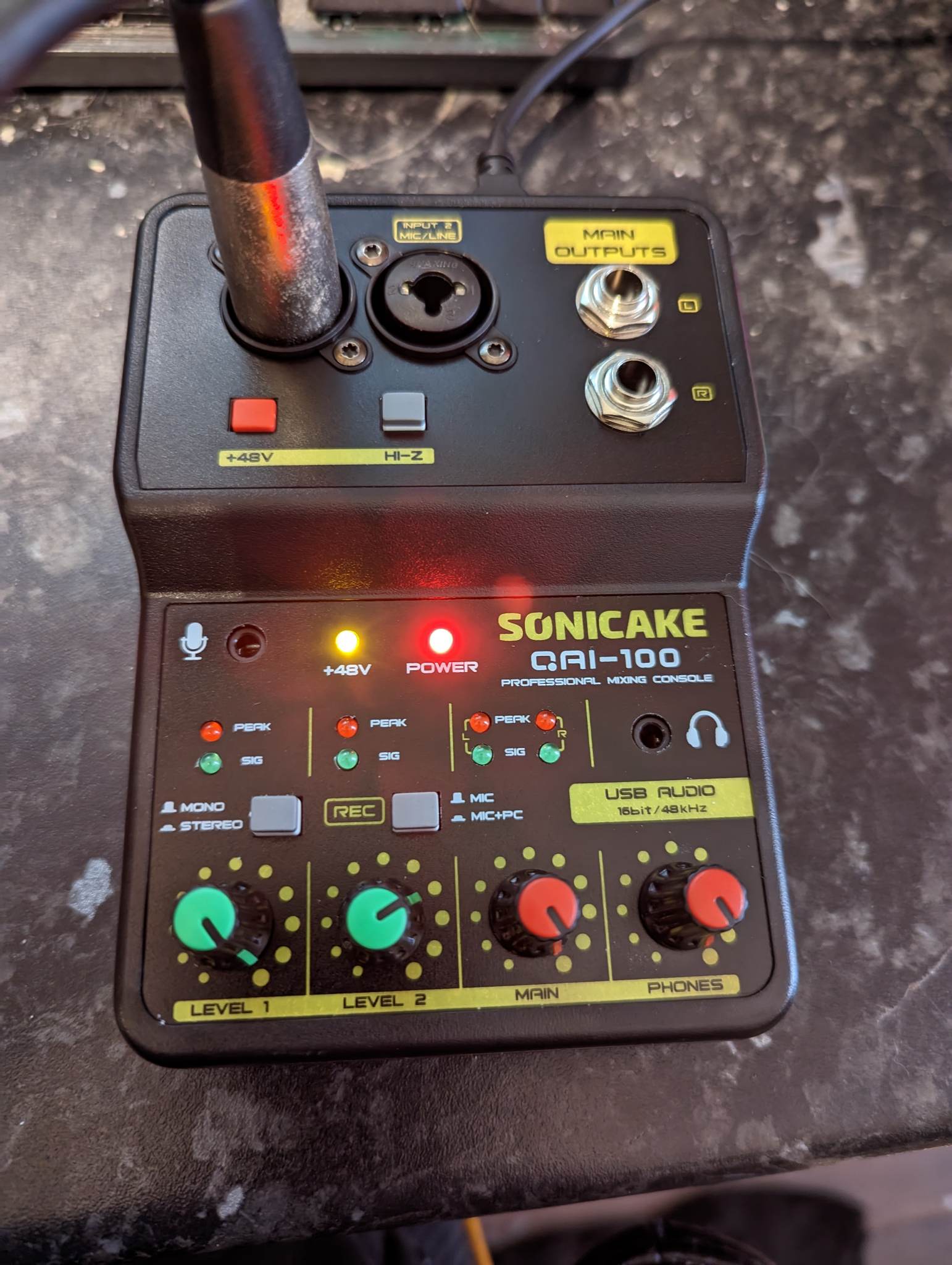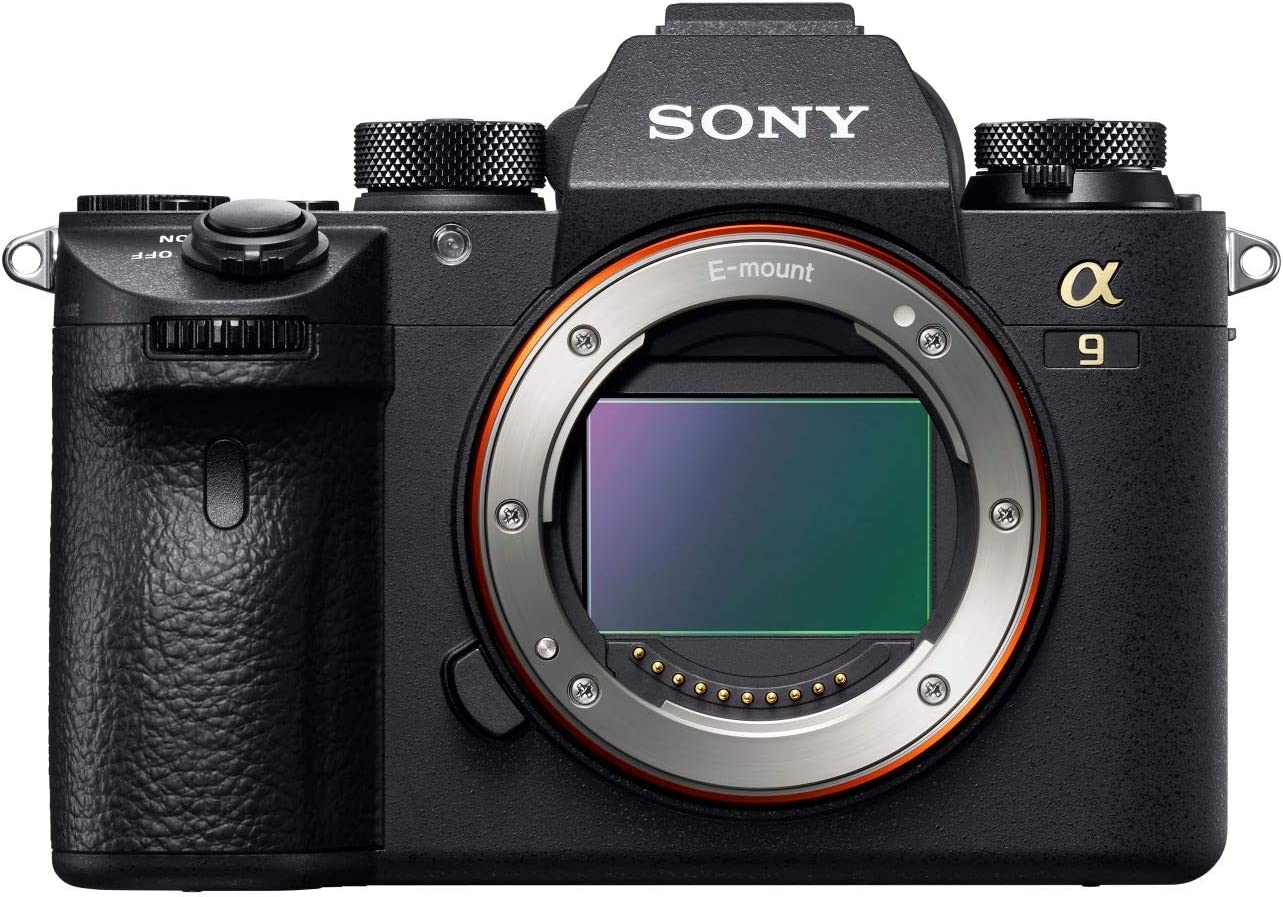Please note this post may contain affiliate links picked by me (Jay) that I have deemed may be of interest or relevant to you the reader of this.
These links do not affect the cost of the thing if you decide to purchase but i may get a little money if you choose to purchase.
For more information on my affiliate link policy click here.
Introduction
As you will find out from the podcast I was hit pretty hard during covid having been a full time artist prior to it happening and having to re-evaluate everything and get myself a ‘real job’.
Unfortunately with money not being on my side as yet I have had to pull together gear from here and there.
Luckily prior to my photography I had a bit of a career in the music industry and so had a couple bits of kit in a cupboard gathering dust.
Of that kit I had an old USB interface, a Condenser studio microphone and xlr cable.
Perfect as this is all I will need to produce the podcast.
I manage to power everything up and it turns out that my old trusty audio interface no longer wants to play ball and is completely dead.
Naturally panic set in and a look on Amazon for audio interfaces shows that the podcast market has led to a few choices when it comes to the recording aspect of it.
What I settled on purchasing was the Sonicake QAI-100, a classic mixer style looking box with 48v phantom power so I can power my microphone.
Total price of the Unit was a measly £32!
Unboxing

So with my £32 spent I waited for it to arrive. And luckily I have a prime so I didn’t have to wait long and it came through the door the very next day.
I eagerly pulled out of its Amazon shipping envelope and I was faced with a box about the size of a guitar pedal.
On the outer of the box was full colour graphics of the unit rather than the classic chinese brown box.
Contained within the box was the unit itself a USB2 cable and the instruction leaflet and that is it.
Unit Description

The device itself is of plastic construction roughly the size of a guitar pedal.
The unit itself on the top is dominated by two Neutrik Combi Sockets which take up a large part of the upper unit.
These sockets are designed to take Both XLR and TRS style plugs and make up a stereo input pair.
To the right of the combi sockets you have a stereo pair of TRS sockets which act as the main output for the unit.
This output is also doubled up over USB and the headphone output
It would have been nice to see a couple RCA phono outputs as well but in a unit of this price manufacturing cost measures need to be made.
Directly below the combi sockets are two hard rubber buttons one in Grey and white and the other in Red.
The function of these buttons are to activate the 48v Phantom and to switch the circuitry to a HiZ input to allow you to connect a Guitar or Bass directly to the mixer.
Moving directly below the inputs and the main outputs is a lower platform with the main controls and also microphone and headphone sockets.
Oddly enough they have decided to go with 3.5mm sockets for these but again that must be a cost saving measure to keep the price down.
Metering done via a series of red and green LED’s for each channel with the green showing a signal is being detected and the red to indicate clipping.
Next are a couple more buttons again in a hard rubber.
The first of which is a Mono /Stereo button for the 2 input channels.
The second button is labelled MIC and MIC+PC
This button allows you to re-route the signal from the PC into the record train.
Finally gain for the 2 input channels, The master output and the headphones output is controlled by 4 sturdy rotary pots.
Overall the unit is sturdy though anyone using it for active gigging would be best advised protecting it with a case as i do not think it would last many drops.
Installation
Power for the unit is derived from the single USB port on the back so no messy power cables to worry about.
Plugging the usb into the computer it is instantly recognised as a generic USB audio device with the inputs and outputs correctly named.
Performance
The device is locked at 16bit 48khz

There are no selectors to switch between mic and line level inputs so this is handled by the rotary gain pots.
Plugging in a condenser microphone and powering up the 48v phantom power your first reaction is the mic preamps are very quiet.
The preamps are so quiet that you have to have the pots turned up as far as they will go for mic sources.
The advantage of the quieter Mic pre’s is that the noise floor is incredibly low allowing for clean recordings of spoken voice.
In fact it takes some effort to get the unit to clip.
For critical duties such as a singer I would probably opt for a vocal channel to give me some better dynamics options but you will be able to get some usable results using this unit so long as you are comfortable adding treatments after the fact.
Conclusion
For under £40 new, It is difficult to find many faults with this device.
It is not going to compete with the likes of focusrite but they are in a different price band.
At this price there is a lot you can forgive but it does deliver clean results and worked out of the box.
For my podcast it certainly delivers what I need it to. Maybe it should be worth an audition if you have similar needs.
Please feel free to use my affiliate link below to purchase
Purchase the Sonicake USB mixer (Affiliate Link)













